Tempered glass is stronger than regular glass and can withstand higher temperatures. It is also manufactured in a way that causes it to break into smaller pieces, which is safer than regular glass shattering into large shards.
From coffee tables and skyscrapers to house windows and car windshields, we are surrounded by glass. It is a terrific and highly useful material – transparent, reflective and reasonably strong (depending on the type of glass).
However, strength is not the only thing that varies depending on how the glass is made; there’s another rather unusual trait that separates certain glass types from others – the way the glass breaks.
You have surely seen movie scenes where automobiles (like cars or trucks) blow up or get smashed against something. During any such scene, have you noticed that the glass in car windows doesn’t break like regular glass (that we use in our daily lives)? Instead, it breaks up into very tiny, granular pieces.
The question is, why does that happen?
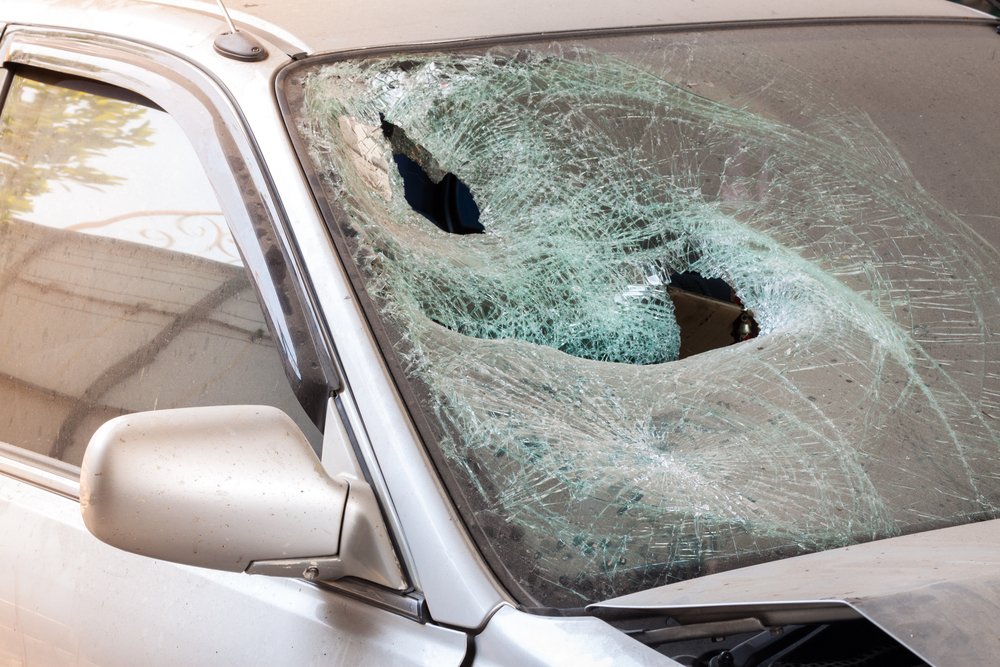
What Is Tempered Glass?
Judging by its appearance and how it feels to the touch, it’s easy to tell the glass they use in automobiles apart from regular glass. The former is called tempered or toughened glass, and is used in shower doors, refrigerator trays, architectural glass doors and tables, bullet-resistant glass and smartphone screen protectors (a rather recent development). It is known to be 4-5 times stronger than regular glass and can withstand temperatures up to 295 degrees Celsius.
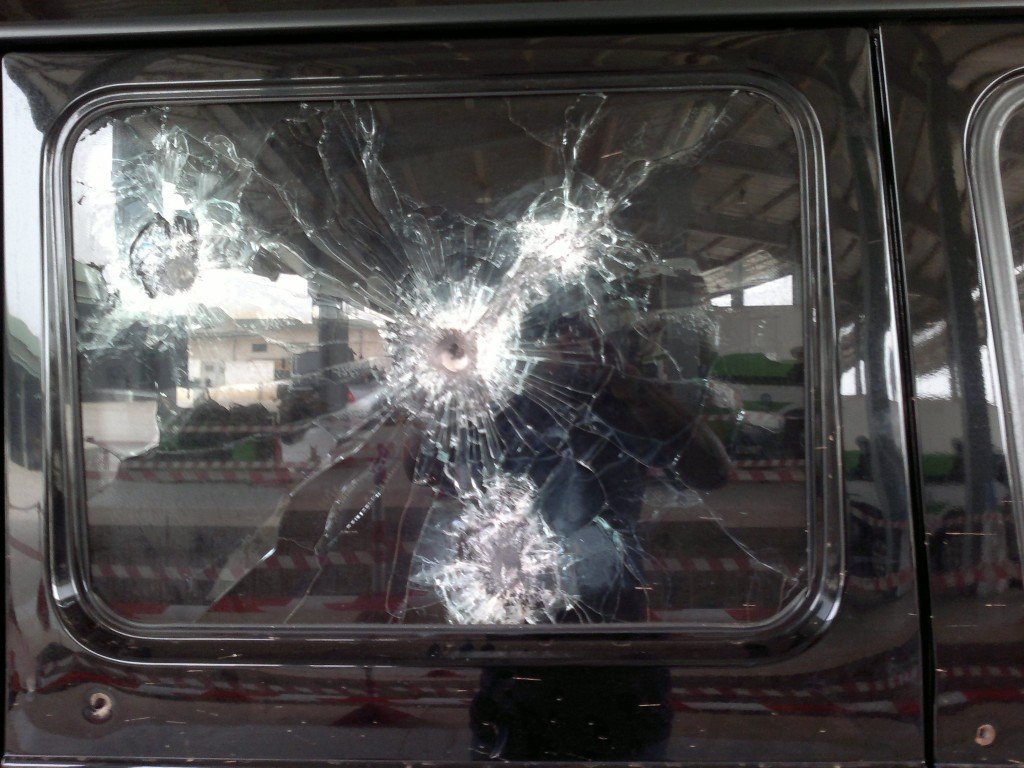
Apart from its strength, tempered glass is also known for the characteristic way it breaks. Unlike regular glass, which shatters into sharp shards that can potentially cause injuries, tempered glass breaks into smaller pieces that interlock with neighboring pieces and therefore don’t fall readily.
Also Read: Bullet-Resistant Glass: How Does It Work?
Why Does Tempered Glass Break Into Tiny Pieces?
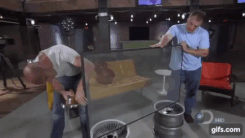
As mentioned earlier, the characteristics of any glass type depend on the materials it is made with and the chemical and mechanical processes it undergoes during its manufacture. The way that tempered glass breaks into much smaller pieces is specifically attributed to the manufacturing processes. Glass (with nickel sulphide inclusions) is tempered by heating and then rapidly cooled to room temperature.
The cooling process occurs more quickly on the outer surface of the glass than at its center. As a result, the center attempts to retract from the outer surfaces as it cools. This causes the outer surfaces to experience compressive stress while the center is under tension.
The compressive stress gives toughened glass its increased strength; the higher the stress, the smaller pieces that the glass breaks into. The benefit of this differential heating comes in the form of increased endurance of the glass; it means that such glass can be stretched or pulled to a certain limit without breaking, which is a good thing to have in many forms of glass.
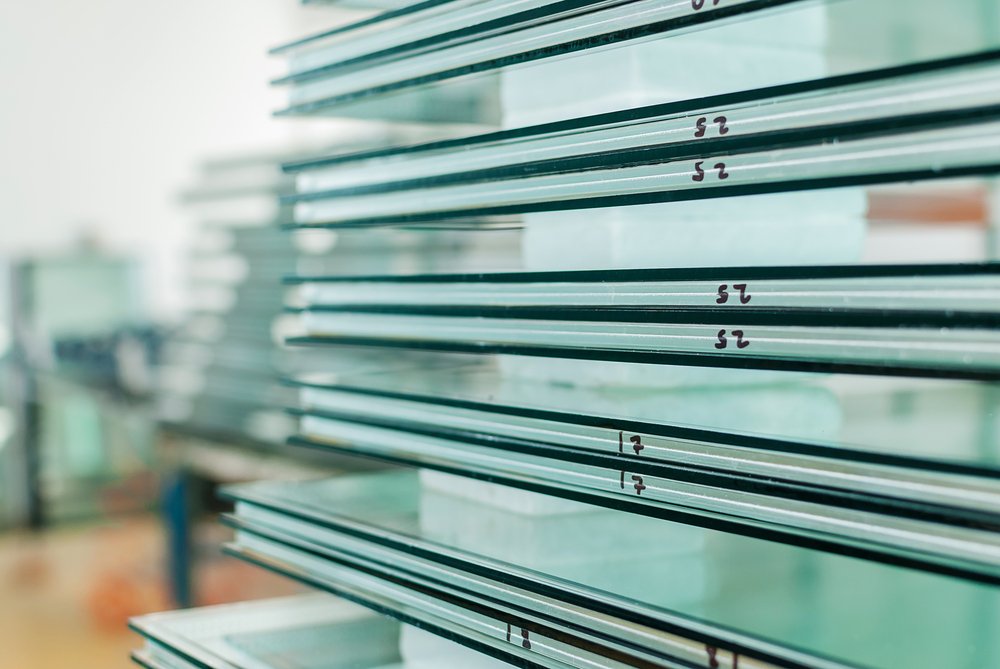
In addition to that, the glass is also treated with hydrochloric acid to eliminate any scratches on the surface and increase its strength. The nickel sulfides expand over time and impart that ‘spontaneous breaking’ ability to tempered glass. Due to the aforementioned manufacturing processes, tempered glass is able to withstand more stress and bend further before finally breaking.
Also Read: Why Do Glass Windows Break During Fires?
What Is Laminated Glass?
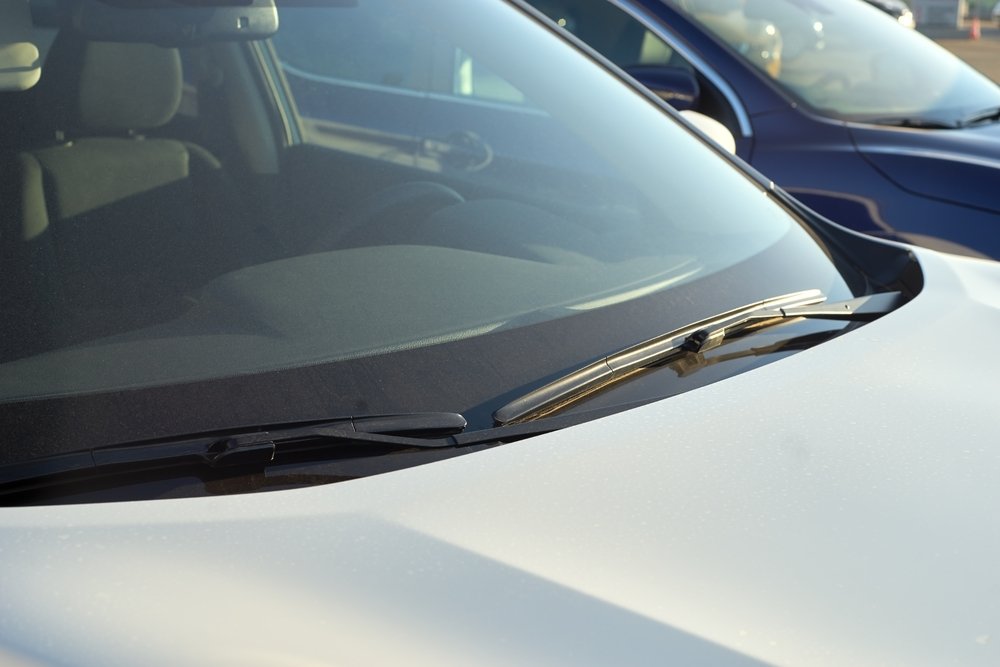
Note that toughened glass, i.e. the glass used in side windows, is different from the glass used in the windshield. The type used in the latter is called laminated glass, which is made by sandwiching a laminate (usually polyvinyl butyral or PVB plastic) between two (or more) layers of glasses and bonding them using high pressure and heat.
How Laminated Glass Is Different From Other Glasses?
In addition to being very strong, this also offers a unique advantage. Upon breaking, the broken pieces of glass don’t usually fall out; in fact, they stick to the laminate and tend to stay in the frame. This is why applying significant force on the windshield will make the whole thing pop out of its frame in a single piece.

Due to their strength and the ability to withstand a lot of pressure, laminated doors are widely used in office complexes and public buildings. It also offers decent soundproofing. All in all, both types of glass are strong and have their own characteristic properties, so choosing the ‘right’ type of glass depends entirely on your requirements.
How much do you know about tempered and laminated glass?

